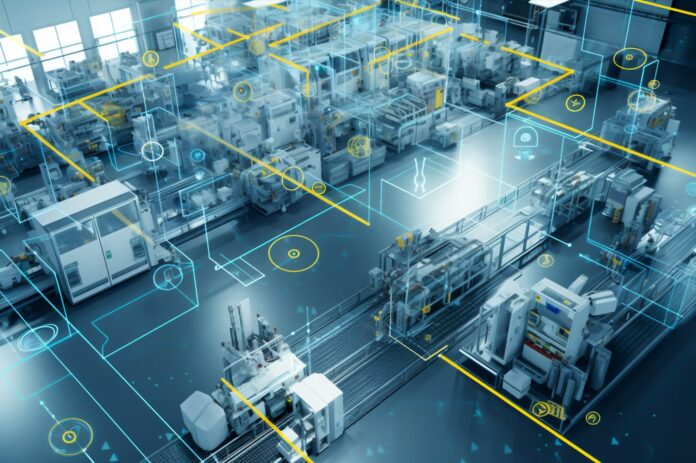In this opinion article, Kris Binon, former director of Benelux AM-association Flam3D and now Business Unit Development Manager at Hybrid Software discusses the concept of value chain polymerization process and the role of companies he defines as “catalysts”.
From makeshift labs and garages to high-tech production facilities, the Additive Manufacturing (AM) industry has come a long way. One last step towards adulthood is currently being taken, which could be described as a value chain polymerization process. It’s this transformation whereby all elements, adding value to the final product, link up in a natural state of least-resistance.
The recent series of mergers, acquisitions and divestitures bears witness to this evolution. The same counts for software – whereby companies producing 3D printers have realized that software is a different business entirely. Software – be it as a product or a service – comes with updates and upgrades, with fast-paced systemic evolutions and a need for (online) support and maintenance. This requires a company set-up that differs fundamentally from a hardware OEM.
At the same time, valuing the nature of each metier allows to fully benefit from the fortes of each. For example: whereas hardware is still setting physical boundaries, software and software upgrades can allow for significant improvements of the overall system efficiency – even long after installation of the machine.
This increased focus on core competency enlarges an existing AM-challenge though. It has long been recognized in Additive Manufacturing that one of the main constraints was the disconnection between partial solutions – in soft- and hardware alike. From printer to CNC, from simulation to post-process software: process interruptions were – and still are – ubiquitous. Possibly stemming from an early belief that a 3D-printer would or should be a comprehensive system, it took the AM industry some time to realize that the Single Production Solution was a castle in the air.
In that sense, and only quite recently, the relevance of MIS/MES/ERP systems allowing for flexibility and supra-applications integration, has been fully acknowledged. It’s a journey that many other industries have travelled before. Now, the Additive Manufacturing industry will have to go there too – while humbly acknowledging its place as one single step in a broader production process. In other words: whereas the 3D-printing technology itself is going through its polymerization phase, it should equally polymerize with the entire production process. And the chemistry lesson may again give an idea of how that may roll out…
The role of “catalysts” in this polymerization process
Catalysts are the companies that do much of the work behind the scenes as they have the expertise, capacity and scaling options within specific niches, often needed for multiple industries.
Some people would refer to these companies as Tier-1, 2 or 3 suppliers, yet a denomination as “catalyst” might be more accurate: without their presence, the chemical reaction would take place at much lower speed (i.e.: efficiency) or even not at all. Just as well, the top-down pyramid logic doesn’t do justice to the intricate complexity of reality – present and future.
Some catalysts have actually been in the AM-game for a long time. For example: machine design, production and even engineering has regularly been outsourced to catalyst companies with these specific skills. It could even be argued that todays’ most successful printer producers have bought into this logic from an early stage onwards.
And so, one can only keep in mind that the water flows the path of least resistance; each AM company should polymerize its (production) value chain. For this, a focus on core expertise – presumably part of the strategy already – ought to be combined with a deliberate chase for partner-catalysts. After all: the efficiency of your polymerisation, the least-resistant connection between all hardware and all software in your process, will define how the water flows – in red or blue oceans alike.






